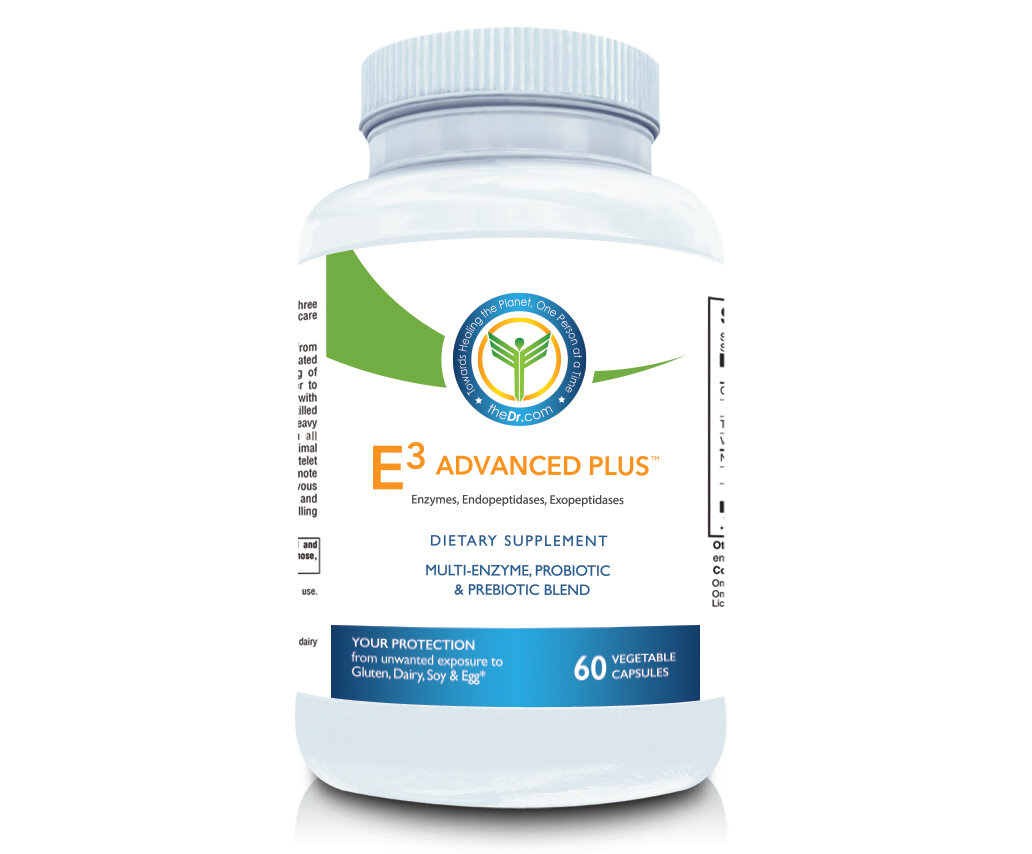This past week I experienced the power that words can have.
A loved one of mine was in the hospital for pneumonia, and was making great strides toward getting better. She was motivated to puff and blow in on her breathing paraphernalia so that she needed oxygen below 5%.
She was scrappy! She wanted to go home. She did everything they said to do. Walk, do arm weights, do her breathing exercises, etc…
Then her oncologist came in and she said, “I’m going home soon”. He replied, well, maybe not. We don’t like your lab numbers and we need to do a biopsy. You might have leukemia.
It took the wind right out of her sails.
I visited her the next day and she was a changed woman from a couple of days before. I don’t think I’m strong enough were her words.
The doctor’s words took her hope away. And she was ready to give up the ship.
It’s this thing called HOPE that I want to speak about.
I think it could apply to not only our health but anything in the world. Especially given the atmosphere of fear that we are in.
It seems like some of us come with a lot more hope than others. The world batters us down, we keep going and become something bigger than we were. How many biographies have you read of the one who in spite of all odds, not only survived, but changed the world?
Someone like the abolitionist, Harriet Tubman, who rescued some 70 slaves, through the Underground Railroad. Tiny in stature, but huge in her faith, gave her the strength and hope to make things happen.
As they say, we can’t control everything that happens to us, but we can do something about the attitude towards the events in our lives.
How do you find hope in your world? How do you change your view of the world that gives you strength, courage, hope and wisdom?
Growing up, I loved the movie “The Wizard of Oz” and even though I cowered under the coffee table when the wicked witch threatens Dorothy, I will always remember one scene.
It’s when Dorothy lands in Oz, and her world goes from black and white, to full color. It is like a turning on the light.
How do you find that switch for yourself?
In nature, prayer or meditation? Being in the garden, being with others?
I believe as we deepen our understanding of our inner world, we can learn to cultivate the world of Oz, where love (the tin man), wisdom (the scarecrow) and courage (the lion) can give us the resources to be in the world fully present.
And full of HOPE
PS, my loved one has found her hope!













